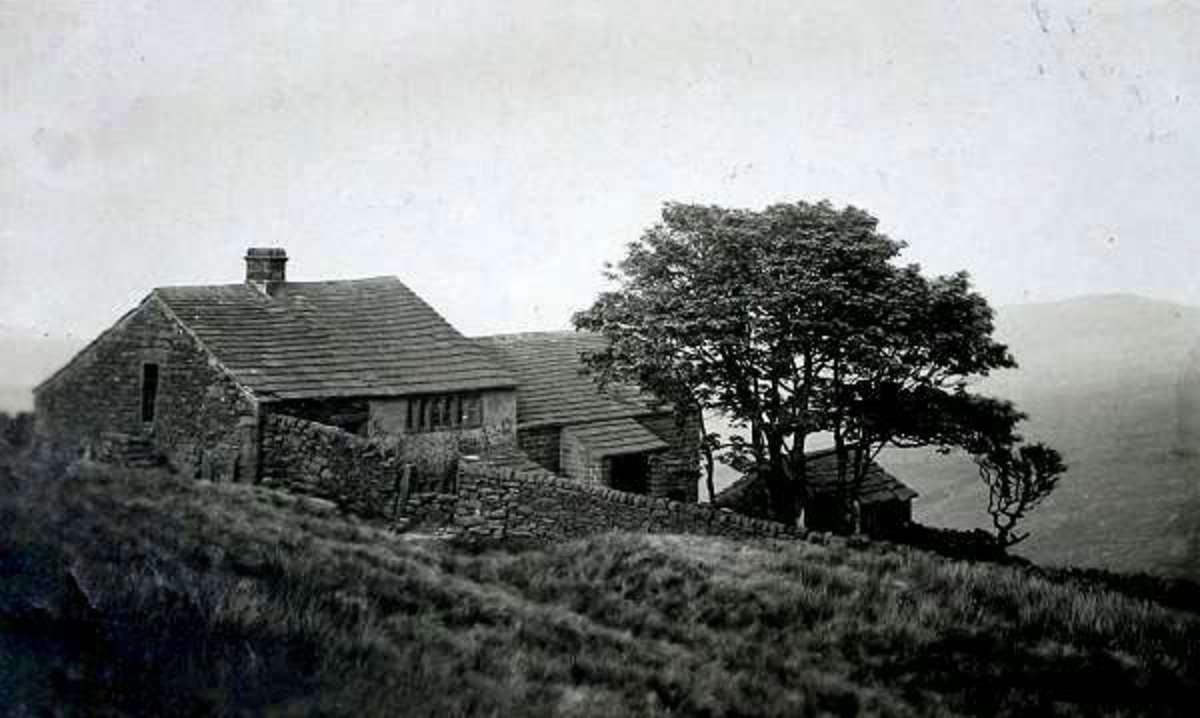The Legend of John Steinbeck
John Steinbeck
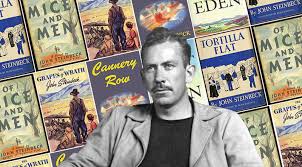
John Steinbeck, Author
He was born John Ernst Steinbeck on February 27, 1902, in Salinas, California, to John and olive Steinbeck. During his life, Steinbeck went on to write over 33 books, 16 novels, six non-fiction books, and countless short stories. He had a unique ability to allow his characters to 'come alive' as real, common folk we could relate.
His works went on to sell millions, winning so countless awards, yet he did have his critics. He even had two of his books banned, and there were book burnings in some cities for a short time. His book, The Grapes of Wrath, was banned in libraries and schools because the California farmers felt they were portrayed as not caring for the migrant workers. Eventually, the ban was lifted.
And although he was awarded a Pulitzer Prize in 1940 for The Grapes of Wrath, and won over four Academy Awards for his stories put into movies, he also had a darker side not known to the public. He was even under scrutiny by the FBI and J. Edgar Hoover as a suspected communist.
His childhood was idyllic, and he loved Salinas spending his summers working on ranches, riding his pony, and working alongside with the migrants.
The Steinbeck House, Salinas, California

Early Life of Steinbeck
Although Steinbeck loved to portray himself as a poor itinerate, in reality, the family lived in a beautiful Victorian house in Salinas, Ca. with maids and servants. But he did work with migrants at Spreckels Sugar Beet Farm and was upset with their harsh conditions and living quarters. All through his writings, one can see how he incorporated the treatment of the migrants in his novels.
After high school, Steinbeck attended Stanford College taking courses in creative writing. He left Stanford in 1925 without his degree. He decided to go to New York and attempt his book there and getting a job. It turned out jobs were scarce, and he was discouraged with his writing, so he went back to California. There, he worked as a tour guide and caretaker at Lake Tahoe. While there, he met Carole Henning, and they married in 1930. His parents provided them with their summer cabin along with a small monthly allowance so he could write without working. But even with their help, they did rely on welfare for some time.
Steinbeck's hand wrote all his manuscripts in pencil using yellow-lined paper. Carole would help him edit and then supported by typing the document. About this time, Carole wanted a family, and when she did get pregnant, Steinbeck insisted she gets an abortion. She did, and then infection set in requiring a hysterectomy, thus never allowing her to have children. Carole never forgave Steinbeck, and in 1943 they divorced. It would be years before her memoirs came to light in a book about her life with Steinbeck. She did not portray him well.
Steinbeck then met Gwyn Conger, and they married in 1943. They had two sons, Thomas (1944-2016) and John IV (1946-1991). They also divorced in 1948. He then married Elaine Scott in 1950, and they would be together until his death in 1963. Elaine was devoted to Steinbeck, even taking in his two sons to raise.
Some of Steinbeck's Best Books
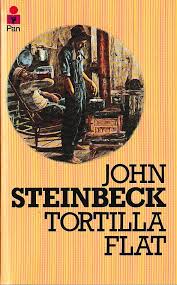
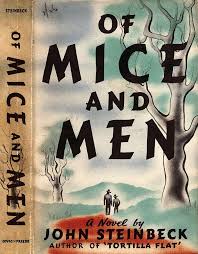
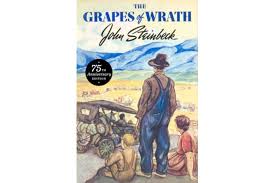
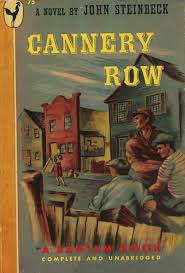
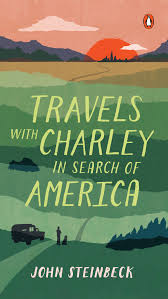
Steinbeck And Some of His Best Books
Steinbeck used his town and some of the gossips within his books, along with his beliefs of the injustices of the migrants and the poverty and harsh treatments of the workers. And especially in his novel, The Grapes of Wrath. The language and vulgarity he had in some of his books are what led to the banning both abroad and in the United States.
Nominations and Academy Awards for the Adaptions of Steinbeck's Books
Of Mice and Men (1939) Nominated for five Academy Awards.
The Grapes of Wrath (1940) Nominated for seven Academy Awards.
Tortilla Flat (1942) Nominated for one Academy Awards.
Lifeboat (1944) Nominated for three Academy Awards.
A Medal for Benny(1945) Nominated for two Academy Awards.
Viva Zapata!(1952) Nominated for six Academy Awards.
East of Eden (1955) Nominated for four Academy Awards.
Other Awards for John Steinbeck
Steinbeck also received:
1936 Best Novel by a Californian for Tortilla Flat
1938 New York Drama Critics' Circle Award for Of Mice and Men
1940 Pulitizer Prise Fiction Award for The Grapes of Wrath
1962 Nobel Prize for Literature
1966 Member of the National Arts Council
1979 US Postal Service issues a Commemorative Stamp
Several other awards were issued in honor of Steinbeck
Facts of John Steinbeck
It seems as if Steinbeck always had a chip on his shoulder. His bouts with depression were off and on, and not only was he a heavy drinker, but he was a life-long smoker. One of his famous quotes was, "A sad soul can kill quicker than a germ." It is as if his soul is within his books.
Steinbeck also served as a war correspondent during WW II for the New York Herald Tribune. In his book, Travels with Charley, Steinbeck took a road trip with his beloved poodle Charlie. Nearing the end of his life's work and not in the best of health, he wanted to see America one more time.
Steinbeck wrote with empathy and a voice for the people. Steinbeck was indeed a complex and haunting man, and he wrote with heart, and that resonated with the readers all over the world. He did feel as if America was losing morality, and it left him sad to see that happening.







